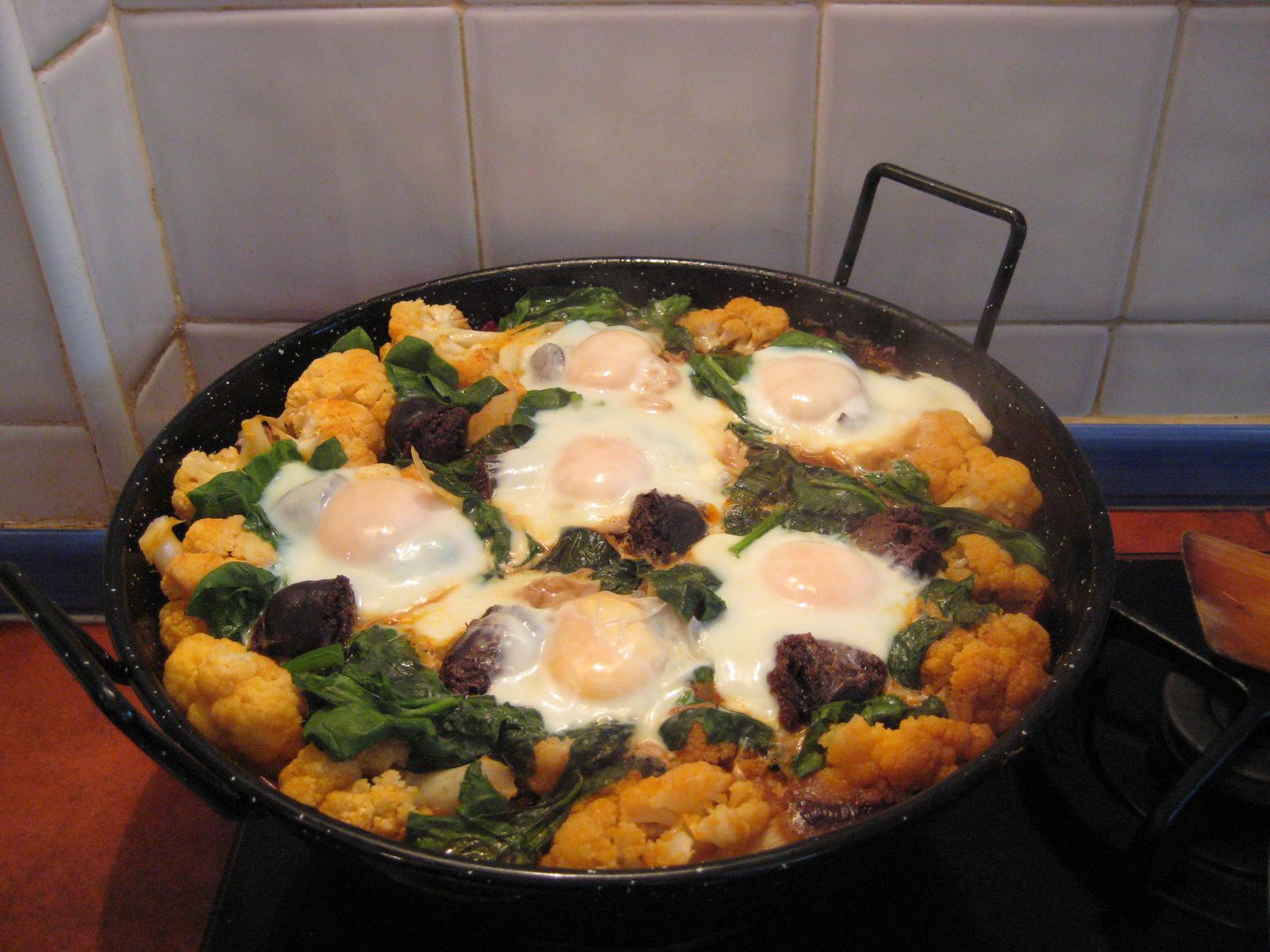Ingredients
Preparation
The ‘borra’ is one of the most characteristic and ancient dishes of Alicante cuisine, today practically disappeared from the daily kitchen and can only be found in the family kitchen of some towns in La Marina.
The ‘borra’ is a form of conservation of the products of the family garden that, in times of abundance, were dried in the sun in the reeds in which the muscat raisins were made, which were the prosperity of the Marquesado de Denia and inland lands before that the orange grove came to replace the vines that occupied all these fields of work.
The surplus for family consumption of tomatoes, aubergines and peppers, was cut into halves and slices and exposed to the heat of the sun in the reeds until they were raisin. Then they were kept in cloth bags with a handful of garlic (to avoid moths and other insects that would spoil it). Also, part of the surplus from the garden was kept in glass jars that were sterilized in the boiling boiler to dispose of it throughout the winter.
When you wanted to use the ‘eraser’, you poured a handful of it into a pan of boiling water, just a couple of minutes, so that it was hydrated again and ready for consumption.
The ethnographer Francisco G. Seijo Alonso (Gastronomy of the Province of Alicante. 3rd ed. Alicante, 1977) gives us a detailed list of ‘erase’ recipes with the multiple variants that it has in the towns of the Pop valley and neighboring towns. It is basically a vegetable stew and salted fish, especially cod and melva, although there are also those who made it with tuna or cuttlefish. Murla’s variant is known as ‘melva borreta’.
Melva Borreta (recipe for 6 people)
Heat ¼ liter of olive oil in a cauldron. Three sliced onions and a handful of unpeeled garlic are fried in it. Add a tablespoon of sweet paprika. On top, there are four potatoes, also cut into slices, and a handful of the ‘borra’ previously hydrated by means of a slight boil. Pieces of salted melva (washed under the tap to lose the salt) and a cauliflower cut into pieces are still layered. Cover with water until the base of the cauliflower and cook over low heat until the potato is almost done. Then a good handful (2 or 3 bunches) of chopped fresh spinach is added until they are sautéed.At the last moment, and after having tasted the salt, six onion black puddings are added and six eggs are placed on top, covering the cauldron until are poached.
The best accompaniment to this ‘caloric bomb’ is Jalón red wine and… a little bread ‘per a don’t miss the suquet’. The best time to consume the ‘erase’, cold winter days (or summer with a fan) and… bon profit!


